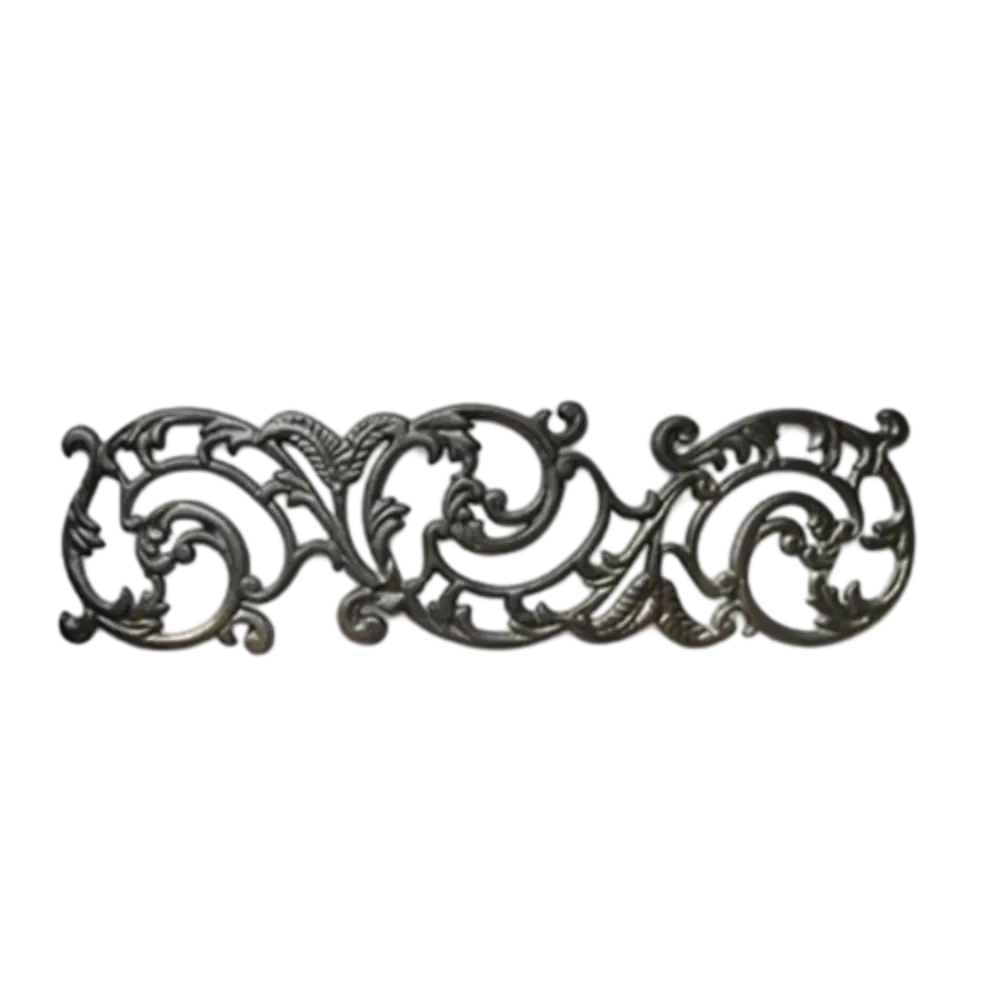sliding door roller assembly replacement
Sliding Door Roller Assembly Replacement A Comprehensive Guide
Sliding doors are a popular feature in many homes today, thanks to their space-saving design and ability to create a seamless connection between indoor and outdoor spaces. However, like any other component of a home, sliding doors can experience wear and tear over time, particularly the roller assemblies that allow them to glide smoothly. If your sliding door is difficult to open or closes unexpectedly, it may be time to replace the roller assembly. This guide will walk you through the process, ensuring you can tackle this task with confidence.
Understanding the Roller Assembly
Before diving into the replacement process, it's essential to understand what a roller assembly is. A roller assembly typically consists of a set of wheels and a housing that fits into the bottom track of the sliding door. These rollers allow the door to slide back and forth effortlessly. When they become damaged or worn out, they can hinder the door's movement, resulting in frustration and potential safety hazards.
Tools and Materials Needed
Before you begin, gather the necessary tools and materials to help streamline the process
- Screwdriver (flathead and Phillips) - Pliers - Utility knife - Replacement roller assembly (ensure it's compatible with your door model) - Measuring tape - Safety glasses - Work gloves
Steps to Replace the Roller Assembly
1. Preparation Start by preparing the area around the sliding door. Make sure there’s enough space to work, and consider placing a blanket or drop cloth on the floor to protect your surfaces. Wear safety glasses and gloves to keep yourself safe during the process.
2. Remove the Door To access the roller assembly, you will first need to remove the sliding door. Lift the door gently and tilt the bottom towards you. Depending on the design, you may need to remove any screws securing the door at the top before lifting it out completely.
3. Inspect the Old Roller Assembly Once the door is removed, take a close look at the existing roller assembly. Note how it's positioned and secured, as this will guide you in installing the new roller. If needed, take photos for reference.
sliding door roller assembly replacement

4. Remove the Old Roller Assembly Using your screwdriver, carefully remove any screws securing the roller assembly to the door. Once removed, gently pull the old assembly out. If the roller is stuck, you might need to use pliers to get a better grip.
5. Install the New Roller Assembly Take your new roller assembly and slide it into the same position as the old one. Ensure it fits snugly within the housing. Secure it in place by tightening any screws you removed earlier. Be cautious not to overtighten, as this can damage the assembly.
6. Test the Roller Before re-installing the door, give the new roller a test run. Place the door on top of the assembly and gently slide it back and forth. It should move smoothly without any resistance. If it doesn't, double-check the alignment and adjustments.
7. Reinstall the Door Once you're satisfied with the roller’s performance, it’s time to put the door back in place. Align the top of the door with the track first, then tilt it downwards into the bottom track. Secure any screws or brackets at the top to hold the door in place.
8. Final Adjustments After reinstalling the door, check to ensure it opens and closes smoothly. If necessary, make minor adjustments to the roller assembly or track alignment to ensure optimal performance.
Maintenance Tips
To keep your sliding door functioning well long after the roller assembly replacement, regular maintenance is key. Here are some tips
- Clean the tracks frequently to remove dirt and debris that can hinder movement. - Lubricate the rollers and tracks with a silicone-based lubricant to reduce friction. - Inspect the rollers periodically for signs of wear and tear, and address issues promptly to avoid further complications.
Conclusion
Replacing the roller assembly of your sliding door can significantly improve its functionality and extend its lifespan. With the right tools and a bit of patience, this DIY project can be accomplished in just a few hours. By following the steps outlined in this guide, you'll ensure a smooth operation of your sliding door for years to come. Remember, regular maintenance is essential, so don’t overlook it after your successful replacement!
-
Window Lock Handle for Security UpgradesNewsJun.20,2025
-
Proper Lubrication Techniques for Sliding Gate WheelsNewsJun.20,2025
-
Ornamental Iron Castings for Interior DesignNewsJun.20,2025
-
Creative Ways to Decorate Around a Cast Iron FireplaceNewsJun.20,2025
-
Cast Iron Pipe and Fitting for Plumbing SystemsNewsJun.20,2025
-
Cast Iron Panel Casting for Architectural ElementsNewsJun.20,2025















